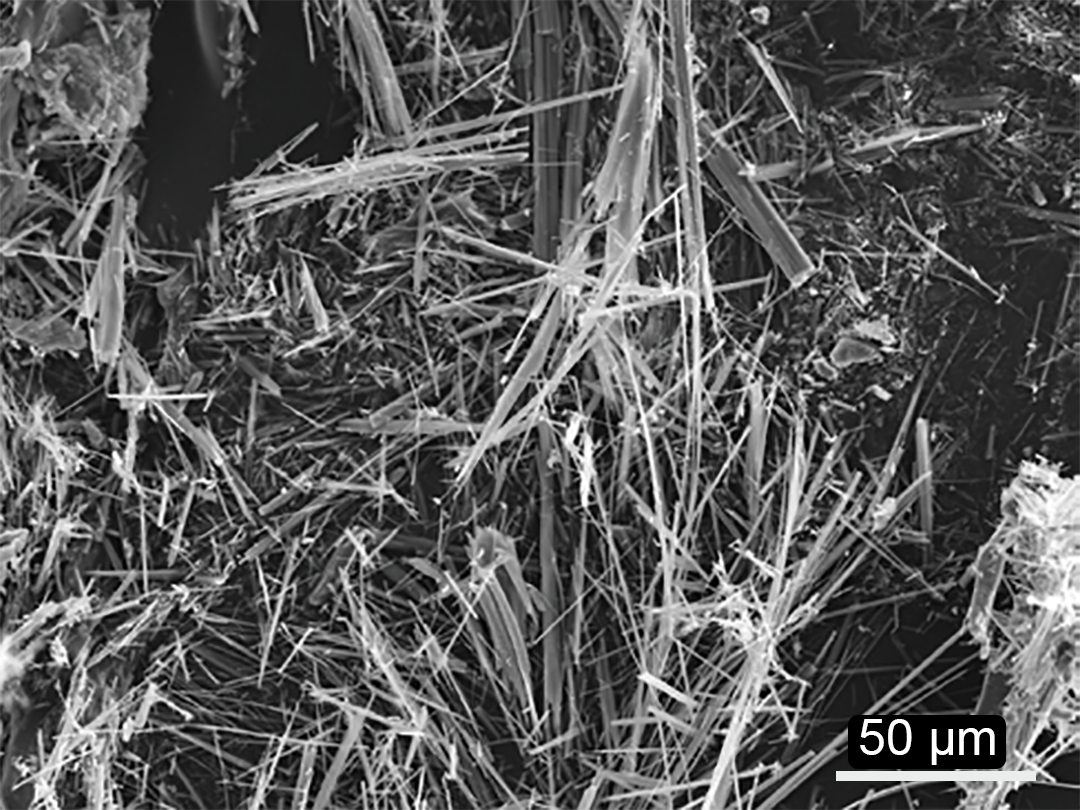Asbestos testing is a process used to determine the presence of asbestos in a building or material. The following is a step-by-step guide to the asbestos testing process:
Step 1: Sample Collection or Inspection
The first step in the asbestos testing process is to collect samples from the area that is suspected to contain asbestos. This is typically done by taking a small sample of the material using a specialized tool and placing it in a sealed container for transportation to a laboratory for testing.
Steps in an Asbestos Inspection
The steps in an asbestos inspection typically include the following:
1. Identifying Suspect Materials
The first step in an asbestos inspection is to identify materials that may contain asbestos. This typically involves a visual inspection of the building and materials, as well as a review of any records or documentation that may be available. Materials that are commonly known to contain asbestos include insulation, floor tiles, ceiling tiles, and roofing materials.
2. Sample Collection
Once suspect materials have been identified, samples are collected for laboratory analysis. To collect a sample, a trained professional will use a tool such as a hammer, chisel, or knife to remove a small piece of the material in question. The sample is then placed in a sealable container and labeled for identification purposes.
3. Laboratory Analysis
The collected samples are then sent to a laboratory for analysis. The laboratory will use specialized equipment and techniques to identify the presence of asbestos in the samples. This process typically takes several days to complete.
4. Reporting and Recommendations
Once the laboratory analysis is complete, the results are compiled into a report. The report will typically include information about the location and type of materials tested, as well as the results of the analysis. If asbestos is found, the report will also include recommendations for appropriate next steps, such as removal or encapsulation of the asbestos-containing materials.
Importance of Asbestos Inspection
Asbestos inspection is important for several reasons. First and foremost, it helps to identify the presence of asbestos in buildings and materials, which allows for appropriate measures to be taken to protect individuals from exposure. Asbestos inspection can also help to determine the level of asbestos in a building or material, which is important for determining the risk of exposure and the appropriate course of action to take. Additionally, asbestos inspection is often required by law in order to ensure the safety of individuals who may be exposed to asbestos.
Step 2: Laboratory Testing
Once the samples have been collected, they are transported to a laboratory for testing. In the laboratory, the samples are carefully examined using specialized equipment to determine the presence of asbestos fibers. This process is typically done using techniques such as polarized light microscopy (PLM) or transmission electron microscopy (TEM).
Types of Asbestos Testing
There are two main types of asbestos testing: bulk testing and air testing. Bulk testing involves collecting samples of materials suspected of containing asbestos and analyzing them in a laboratory. Air testing, on the other hand, involves collecting air samples and analyzing them for the presence of asbestos fibers.
Bulk Testing
Bulk testing is the most common type of asbestos testing. To collect a sample for bulk testing, a trained professional will use a tool such as a hammer, chisel, or knife to remove a small piece of the material in question. The sample is then placed in a sealable container and sent to a laboratory for analysis.
Air Testing
Air testing is typically used to determine the level of asbestos fibers in the air. To collect an air sample, a trained professional will use a specialized air sampling pump to collect a specified volume of air. The air is then passed through a membrane filter, which traps any asbestos fibers present in the sample. The filter is then sent to a laboratory for analysis.
Importance of Asbestos Testing
Asbestos testing is important for several reasons. First and foremost, it helps to identify the presence of asbestos in buildings and materials, which allows for appropriate measures to be taken to protect individuals from exposure. Asbestos testing can also help to determine the level of asbestos in the air, which is important for determining the risk of exposure and the appropriate course of action to take. Additionally, asbestos testing is often required by law in order to ensure the safety of individuals who may be exposed to asbestos.
Step 3: Analysis and Reporting
Once the laboratory testing is complete, the results are carefully analyzed by a certified asbestos professional. This analysis is used to determine the type and amount of asbestos present in the samples, as well as the potential risks associated with the asbestos. The results of the analysis are then reported to the client in a detailed report that includes recommendations for any necessary asbestos removal or remediation.
It is important to note that asbestos testing should only be performed by trained and certified professionals. Attempting to collect samples or conduct testing on your own can be dangerous and should be avoided.

